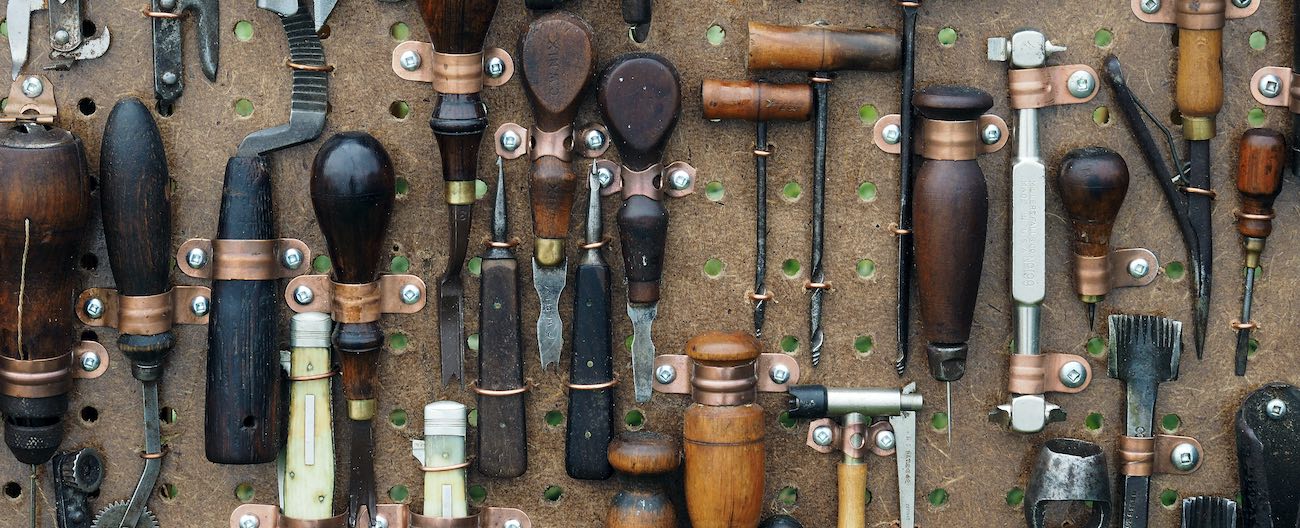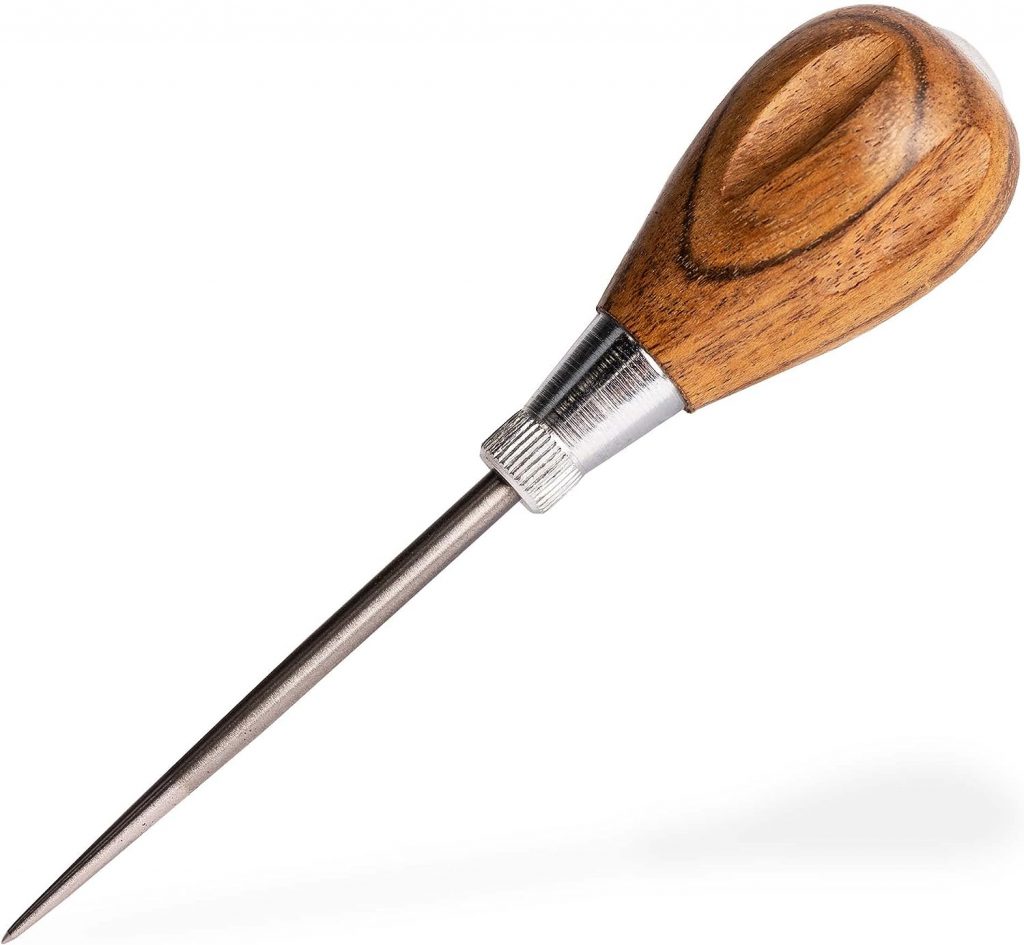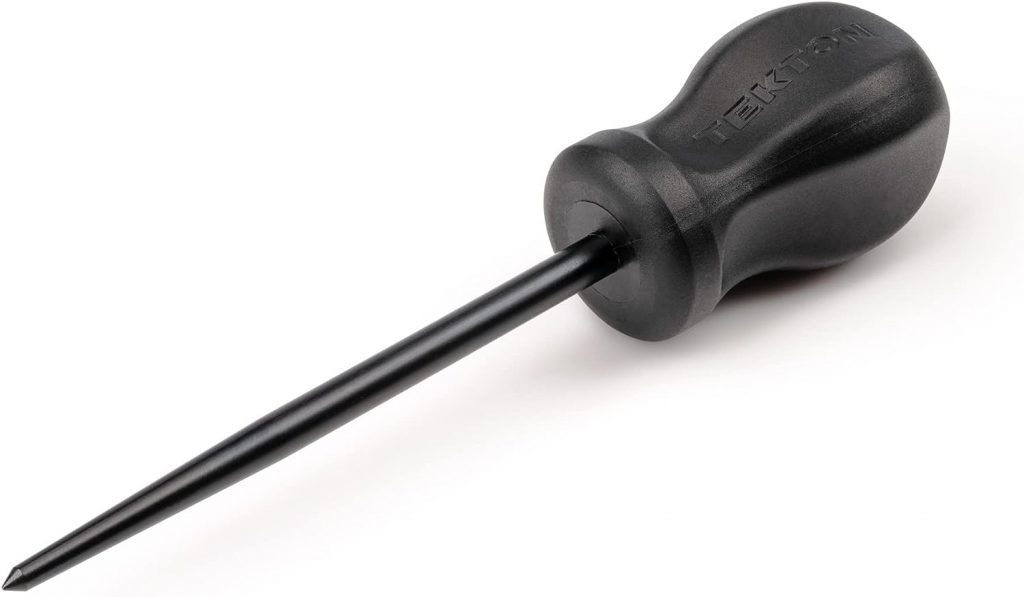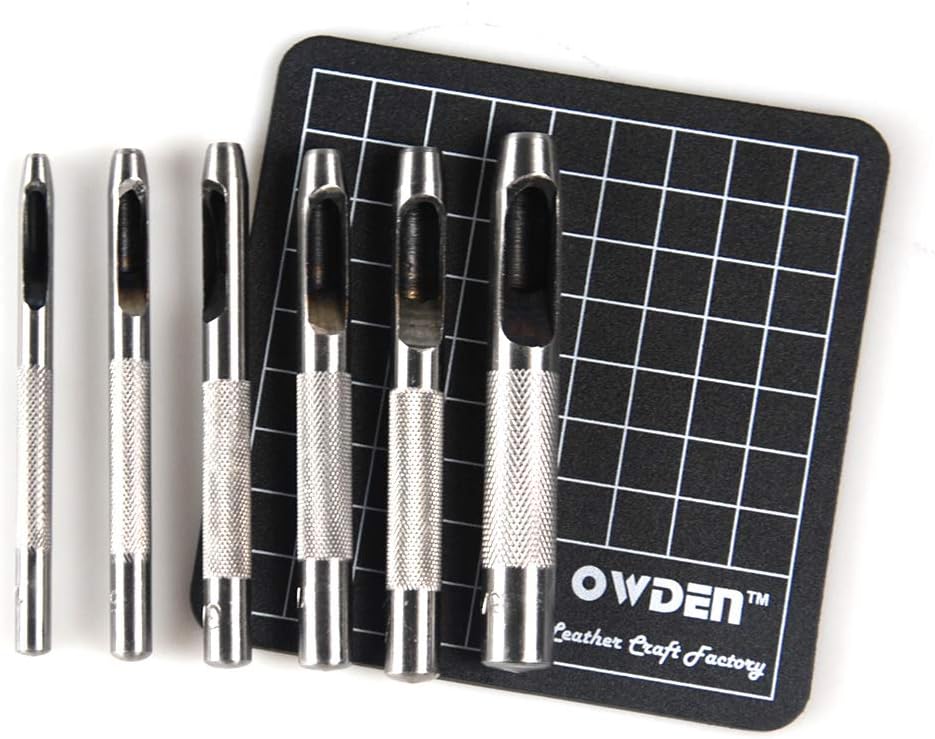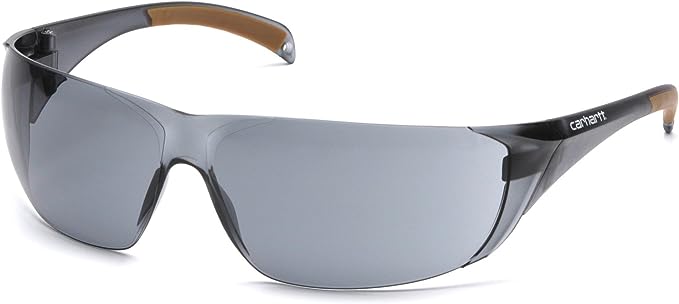The awl tool is a versatile and valuable tool that every DIY enthusiast, woodworker, and leather crafter should have in their toolbox.
These small but powerful instruments come in different shapes, sizes, and materials, and can be used for a variety of tasks, such as punching holes, marking lines, and starting screw holes.
In this guide, we will explore how to choose, use, and clean an awl tool effectively and safely.
How to Choose an Awl Tool
When buying an awl tool , consider the following factors:
- Material: Awl tools can be made of steel, brass, or wood. Steel awls are strong and durable, but can rust if not maintained properly. Brass awls are resistant to corrosion and make great marking tools. Wood awls are lighter and gentler on delicate fabrics and leathers.
- Size: Awl tools come in different sizes, ranging from small to large. Choose an awl size that matches the size of the holes you want to punch or the lines you want to mark.
- Shape: Awls come in different shapes, such as diamond, round, square, and triangular. Choose an awl shape that matches the type of work you do. For example, diamond awls are great for piercing holes, while round awls are excellent for sewing.
What Types of Awl Tools Exist?
There are different types of awls, such as:
- Scratch awls
- They have a sharp, pointed end and a tapered body, and are used for marking and starting screw holes.
- Punch awls
- They have a sharp end with a hook-like tip, and are used for punching holes in leather and thick fabrics.
- Stitching awls
- They have a long, curved needle-like end that is used for sewing leather and canvas.
- Hollow awls
- They have a hollow middle that allows them to create larger holes in leather and wood.
How to Use an Awl Tool
Using an awl tool is simple and straightforward. Follow these steps:
- Choose the appropriate awl for the task at hand.
- Hold the awl firmly with your dominant hand.
- Press the tip of the awl onto the surface you want to pierce or mark.
- Apply force and turn the awl slowly to create a hole or a line.
- Repeat the process if necessary.
How to Clean an Awl Tool
Cleaning your awl tool regularly will ensure that it lasts longer and performs better. Follow these steps to clean your awl:
- Wipe the awl with a dry cloth to remove any dirt or dust.
- Dip a cloth in rubbing alcohol and wipe the awl thoroughly.
- Remove any rust or stains with a steel wool pad .
- Dry the awl with a clean cloth.
Should You Buy a Used Awl Tool?
Buying a used awl tool can be a smart choice, as long as you inspect it carefully before buying. Look for signs of wear and tear, rust, or bent tips. Test the sharpness of the awl by piercing a piece of fabric or wood. If the awl feels dull or uncomfortable to hold, consider buying a new one.
What is Awl Tool Safety?
Using an awl tool safely is crucial to avoid injuries and accidents. Follow these safety tips:
- Always wear protective gloves and goggles.
- Keep your fingers and other body parts away from the tip of the awl.
- Place a piece of cardboard or a cutting mat underneath the material you want to pierce or mark.
How Should You Store an Awl Tool?
Keeping your awl tool in good condition requires proper storage. Here are some tips:
- Store the awl in a dry and clean place.
- Wrap the awl in a cloth or a leather case to protect it from scratches and dust.
- Avoid placing the awl near sharp objects or in a damp environment.
The Versatile Awl Tool is Important for DIY Enthusiasts and Woodworkers
The awl tool is an essential tool for any DIY enthusiast or woodworker. Whether you are marking lines, punching holes or sewing leather, an awl tool can make your work easier and faster. By choosing the right awl tool, using it safely and cleaning it regularly, you can make sure that your awl tool lasts for years and produces high-quality results.
Remember to follow the safety tips and storage recommendations, and enjoy the benefits of using an awl tool!

